National Symbols | Famous Books for UPSC Exam (Summary & Tests) PDF Download
National Symbols of India
The Government of India has designated various national symbols that represent the country's identity. When India gained independence from British rule on 15 August 1947, the tricolour flag became the first official symbol of the newly independent nation. The Indian Rupee, already in circulation, was retained as the official currency. The design of the State Emblem was approved on 30 December 1947, but it was officially adopted on 26 January 1950 with the motto ‘Satyameva Jayate The national anthem and national song were adopted just two days before the Constitution of India came into effect on 26 January 1950. Once India became a republic, these symbols formally represented the nation. The most recent addition to the list of national symbols was the national microbe, Lactobacillus delbrueckii, which was recognized in October 2012.List of National and Official Symbols
1. Republic of India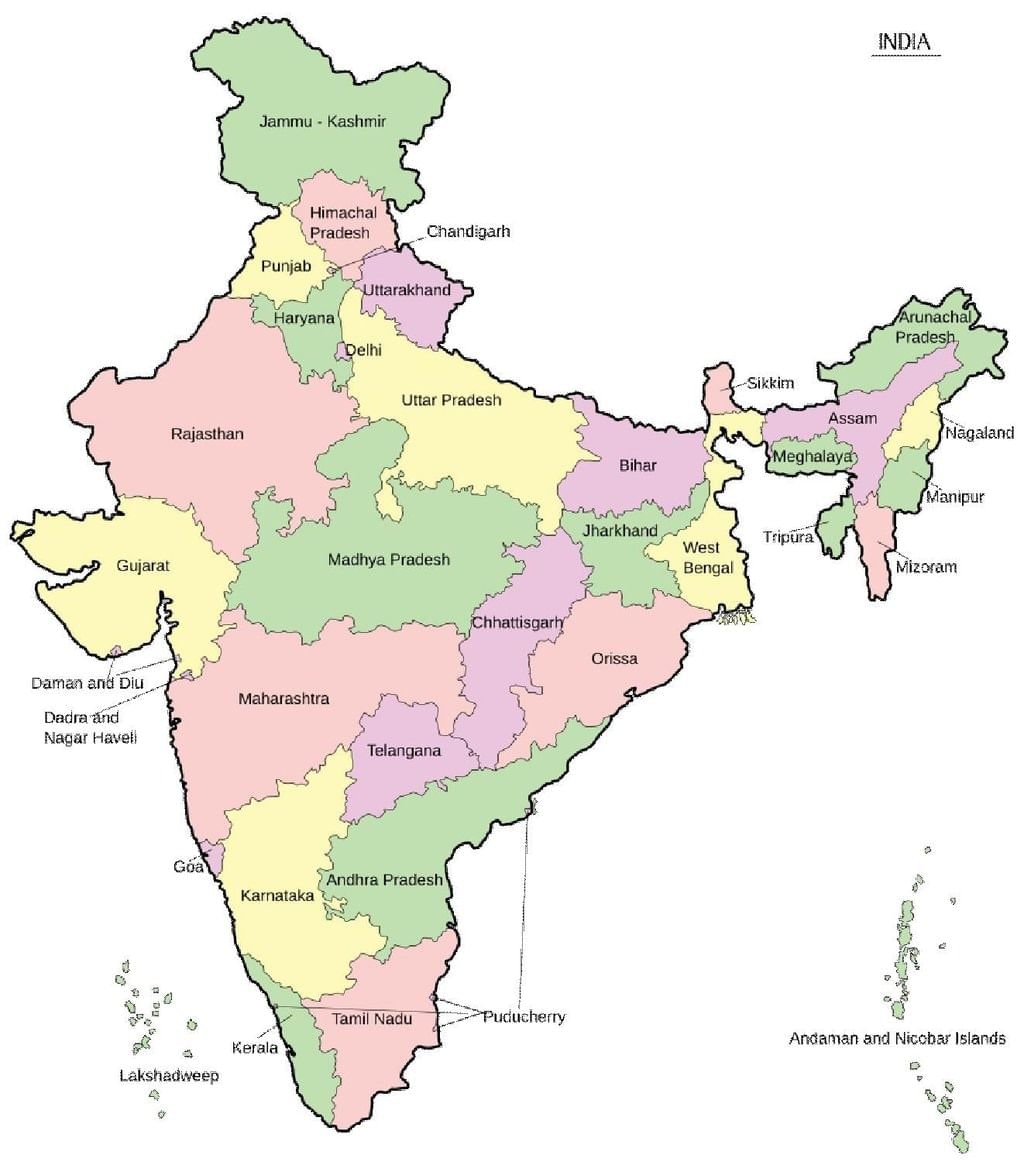
The Constitution of India officially recognizes the names India and Bharat. The name India originates from Classical Latin, which referred to the land beyond the Indus River. It evolved through Hellenistic Greek (India), Ancient Greek (Indos), Old Persian (Hindush)—a reference to an eastern province of the Achaemenid Empire— and ultimately from the Sanskrit word Sindhu, meaning "river," specifically the Indus River and its surrounding region.
The name Bharat (Bhārat), found in ancient Hindu texts, is used in multiple Indian languages. While early Vedic literature referred to the Bharatha tribe, the term was first used to describe a larger territory around the 1st century BCE. It originates from Bharatavarsha, the kingdom ruled by King Bharata, whose name means "the shining one." Bharat became widely recognized as an indigenous name for India in the mid20th century following its inclusion in the Indian Constitution.
2. National Flag
The Indian flag is a horizontal rectangular tricolour with three equal bands: deep saffron at the top, white in the middle, and India green at the bottom. At the center of the white band is the Dharma Chakra, a 24-spoke navy blue wheel. The flag has a width-to-length ratio of 2:3. Each color holds significance: saffron represents strength and courage, white symbolizes peace, and green stands for fertility, growth, and auspiciousness, while the chakra represents truth.
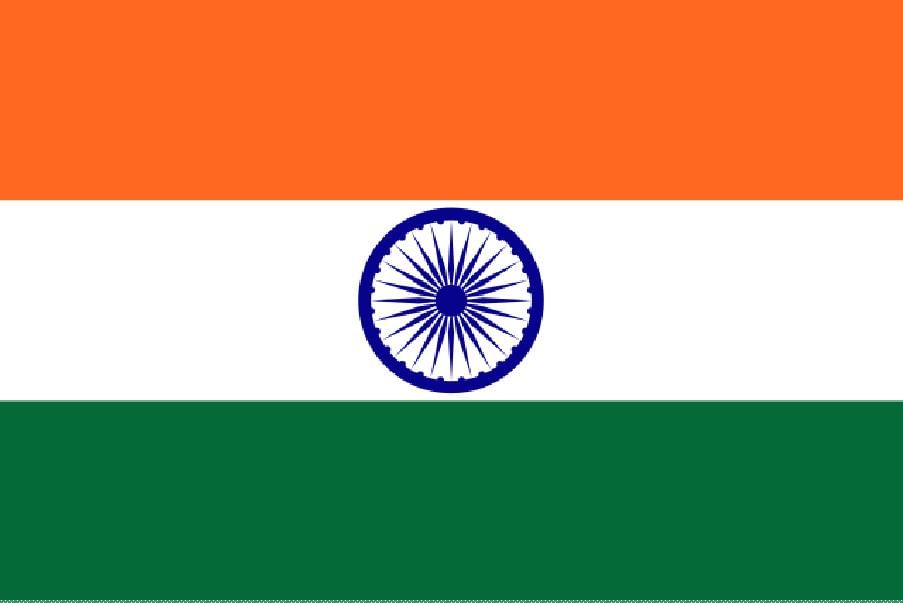
The design of the flag was inspired by the Swaraj flag proposed by Pingali Venkayya. It was officially adopted by the Constituent Assembly of India on 22 July 1947 and was first unfurled by Prime Minister Jawaharlal Nehru on 15 August 1947.
3. National emblem / State Emblem of India
The national emblem of India is an adaptation of the Lion Capital of Ashoka at Sarnath. It features four Asiatic lions standing back to back, symbolizing power, courage, confidence, and faith. These lions are placed on a circular abacus above a bell-shaped lotus. The abacus is decorated with relief carvings of an elephant, a galloping horse, a bull, and a lion, with a Dharma Chakra in the center.
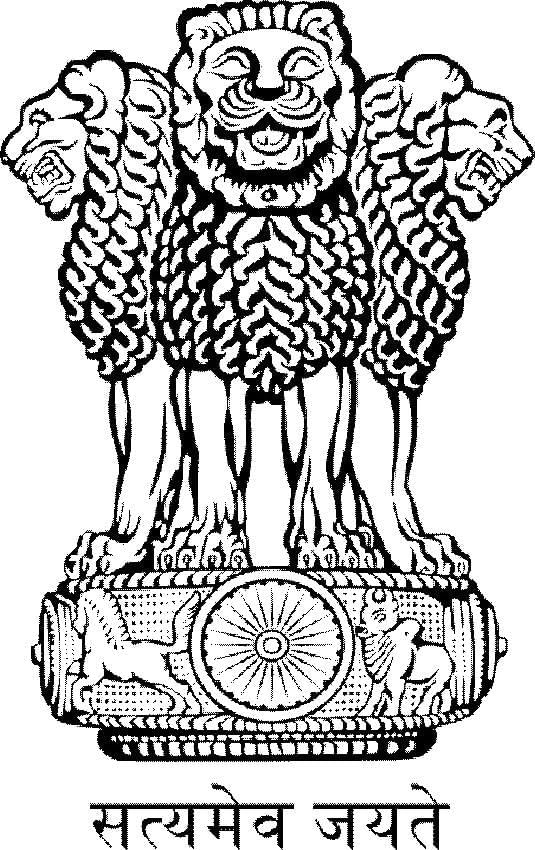
The emblem also includes the motto "Satyameva Jayate" (meaning "Truth Alone Triumphs"), which is taken from the Mundaka Upanishad, a part of the Hindu Vedas. This phrase is inscribed in Devanagari script below the abacus as a part of the state emblem.
The Constituent Assembly adopted the emblem on 30 December 1947. The final design in its present form was created by Dinanath Bhargava and was officially adopted on 26 January 1950, when the Constitution of India came into effect.
4. National anthem(Jana Gana Mana)
"Jana Gana Mana" is derived from Bharoto Bhagyo Bidhata, a composition by Rabindranath Tagore in Bengali on 11 December 1911. It was first publicly sung on 27 December 1911 in Calcutta.
The first stanza of the song was officially adopted as India's national anthem by the Constituent Assembly on 24 January 1950. The national anthem is played in approximately 52 seconds. It reads as follows:
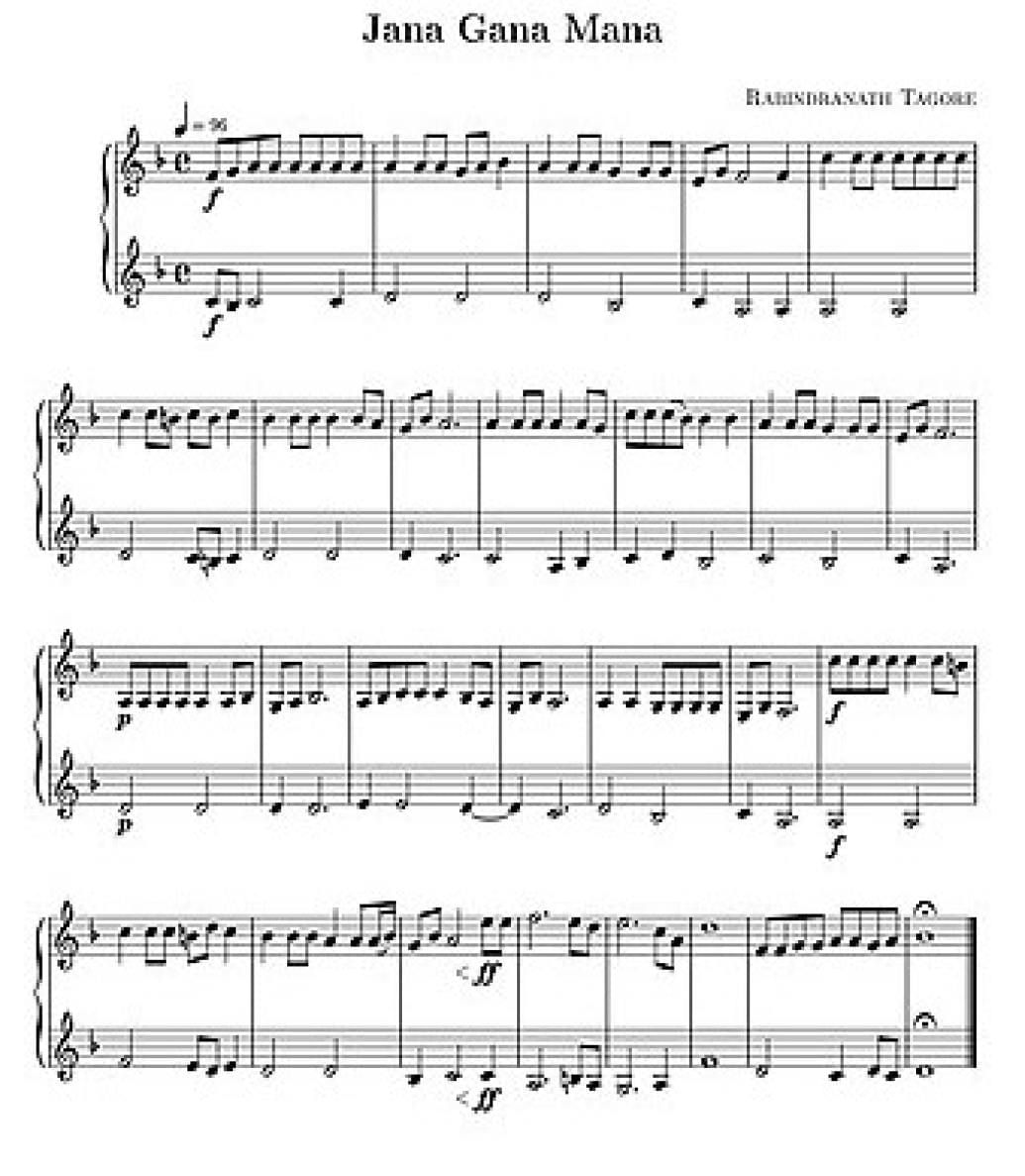
5. National Song (Vande Mataram)
"Vande Mataram" is a Sanskrit poem written by Bankim Chandra Chattopadhyay, first published in 1882 as part of the Bengali novel Anandmath. The poem became significant in the Indian independence movement and gained political importance when it was recited by Rabindranath Tagore in 1896.
The first two verses of the song were officially adopted as the national song of India by the Constituent Assembly on 24 January 1950. The following is the text of its first stanza:
Sujalam, suphalam, malayaja shitalam,
Shasyashyamalam, Mataram!
Vande Mataram!
Shubhrajyotsna pulakitayaminim,
Phullakusumita drumadala shobhinim,
Suhasinim sumadhura bhashinim,
Sukhadam varadam, Mataram!
Vande Mataram, Vande Mataram!
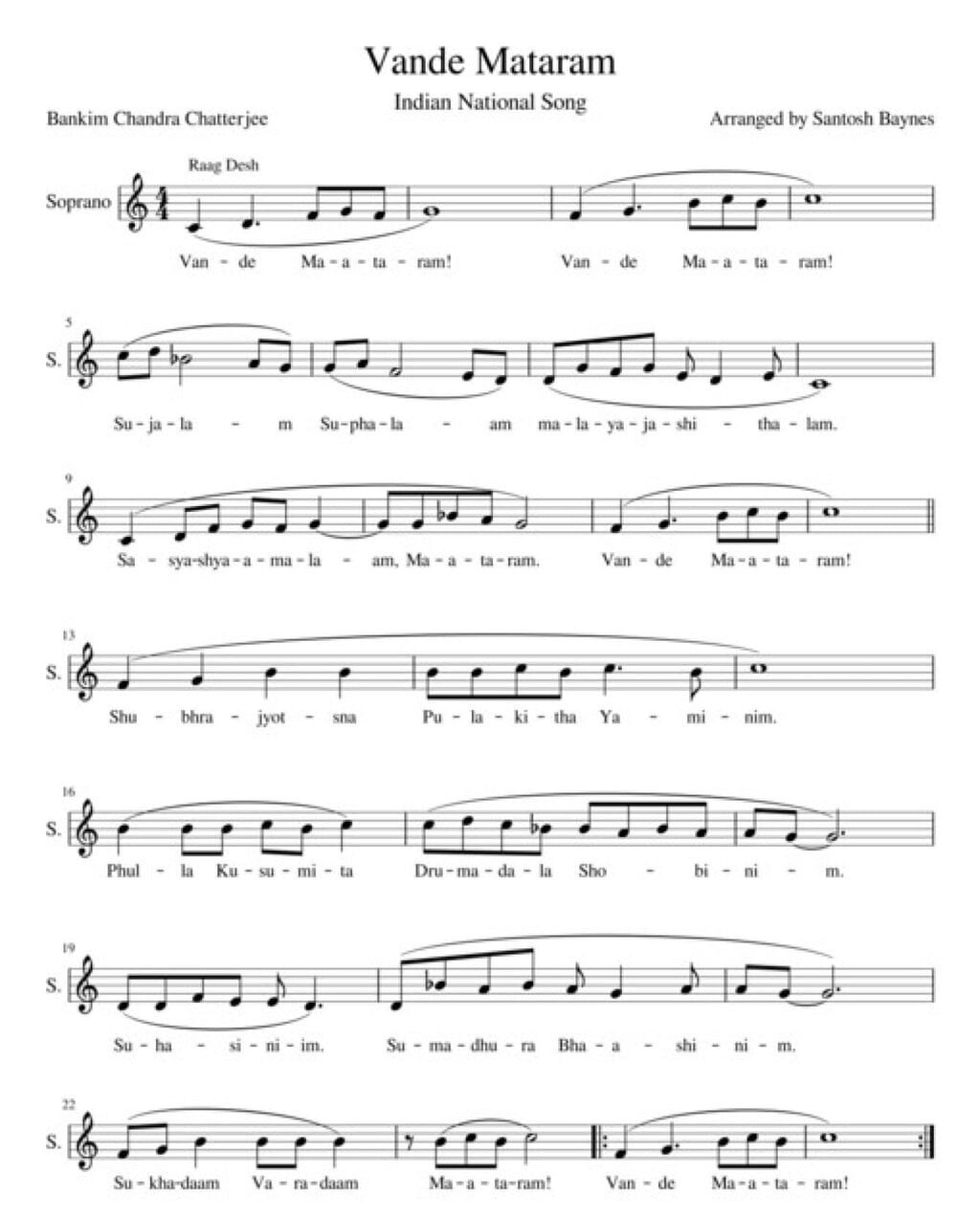
6. Independence Day
The Indian Independence Act, 1947 was passed by the British Parliament in July 1947. The Constituent Assembly of India convened at 11 PM on 14 August 1947 in the Constitution Hall, New Delhi, under the chairmanship of Rajendra Prasad. During this session, Jawaharlal Nehru delivered the "Tryst with Destiny" speech, declaring India's independence. The Dominion of India officially became an independent nation on 15 August 1947.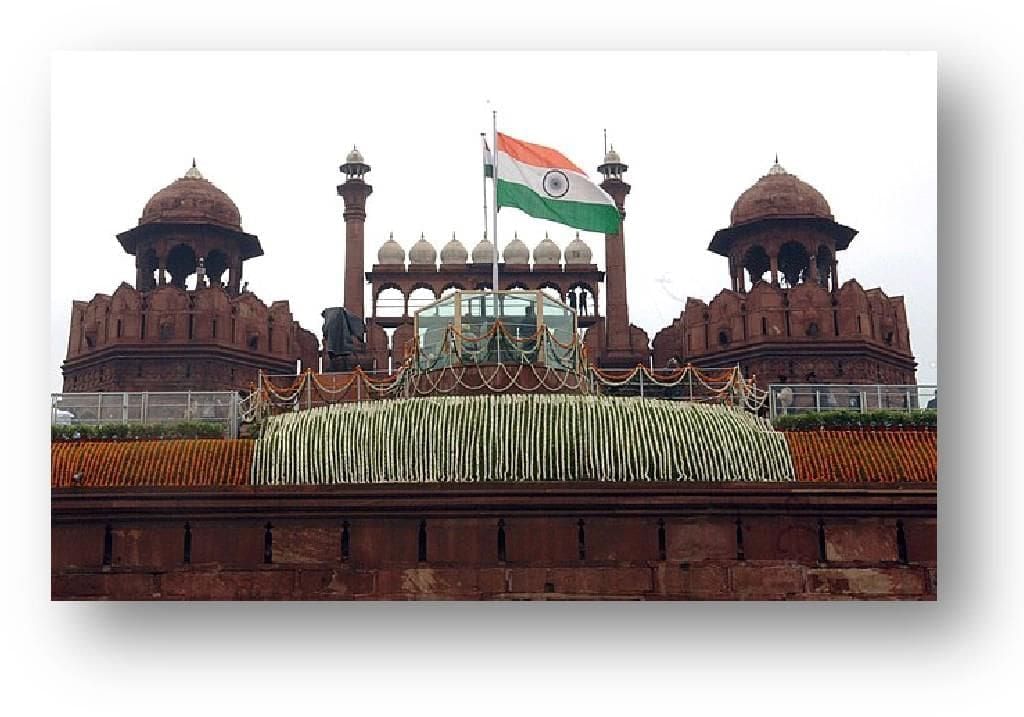
7. National Days
(i) Republic Day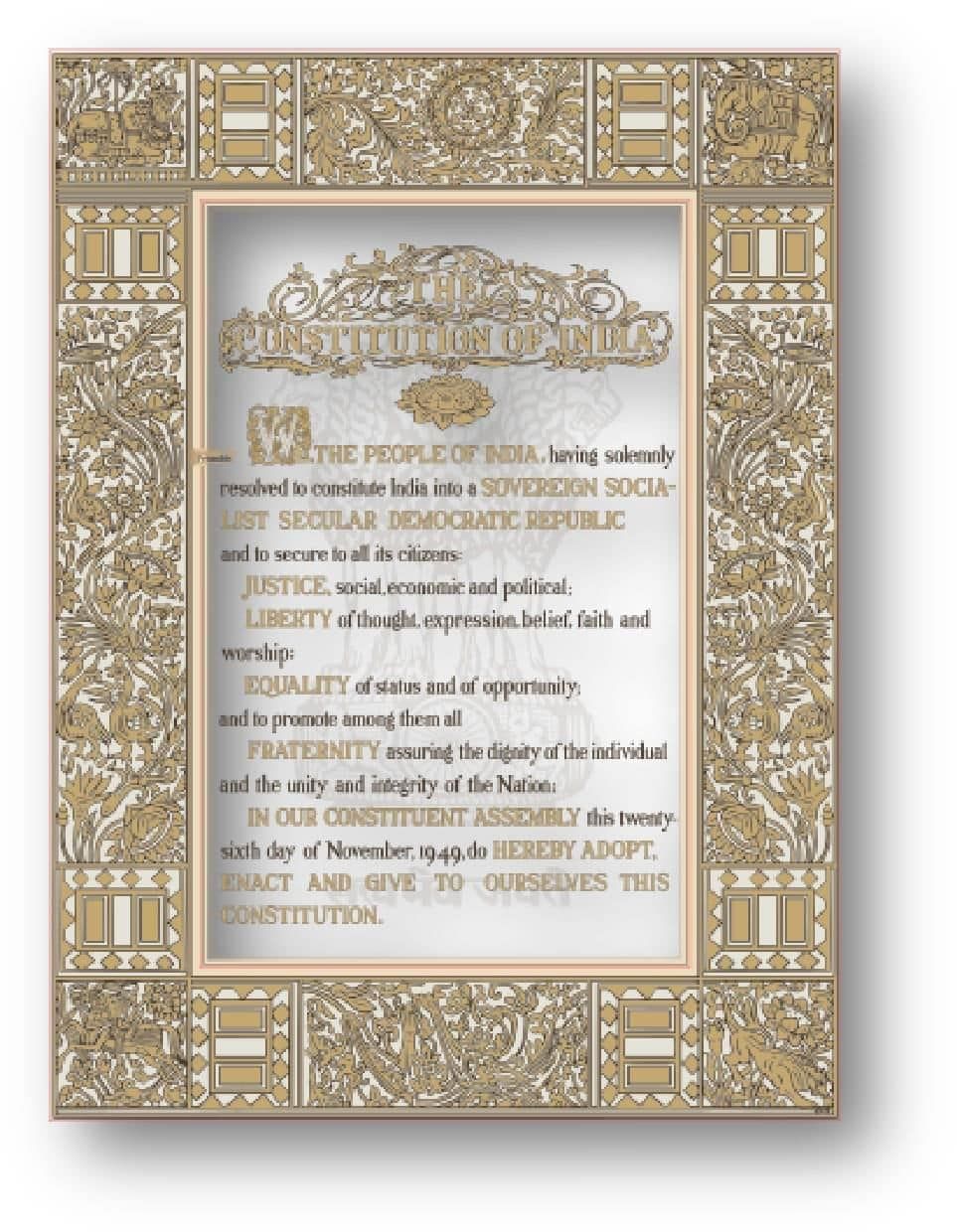
Republic Day marks the adoption of the Constitution of India and the country's transition to a republic on 26 January 1950. This date was chosen because the Indian National Congress had proclaimed Purna Swaraj (complete independence) on 26 January 1930.
(ii) Gandhi Jayanti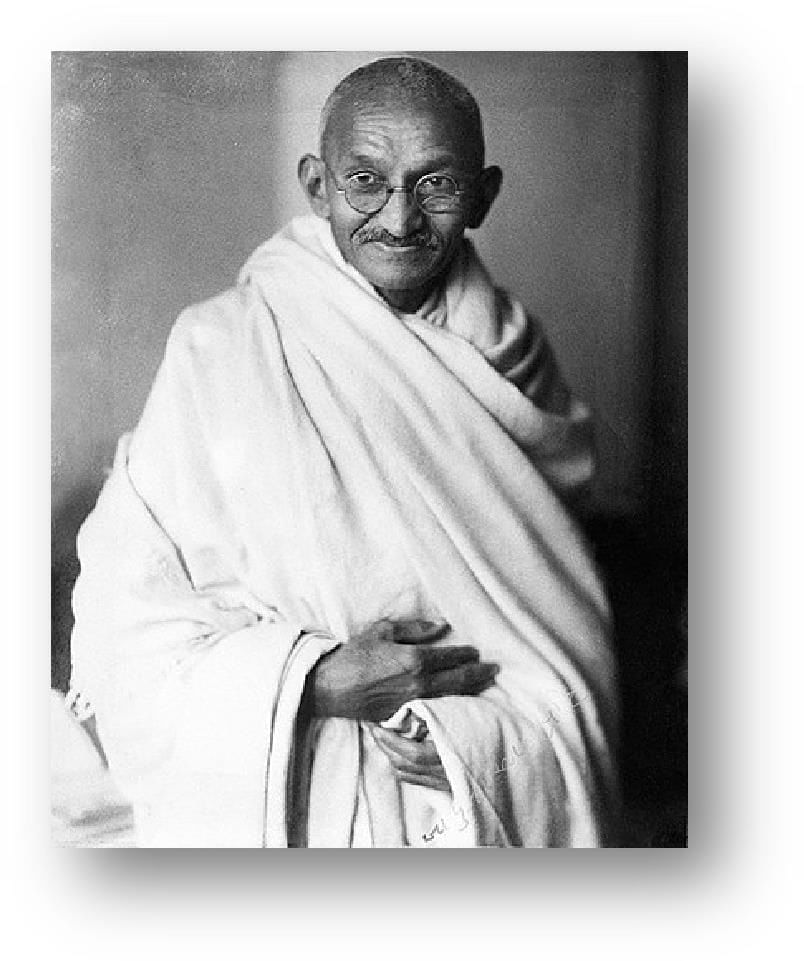
Gandhi Jayanti is celebrated to honor the birth anniversary of Mahatma Gandhi. He advocated nonviolent resistance, played a crucial role in the Indian independence movement, and is widely regarded as the "Father of the Nation."
8. Oath of allegiance / National Pledge
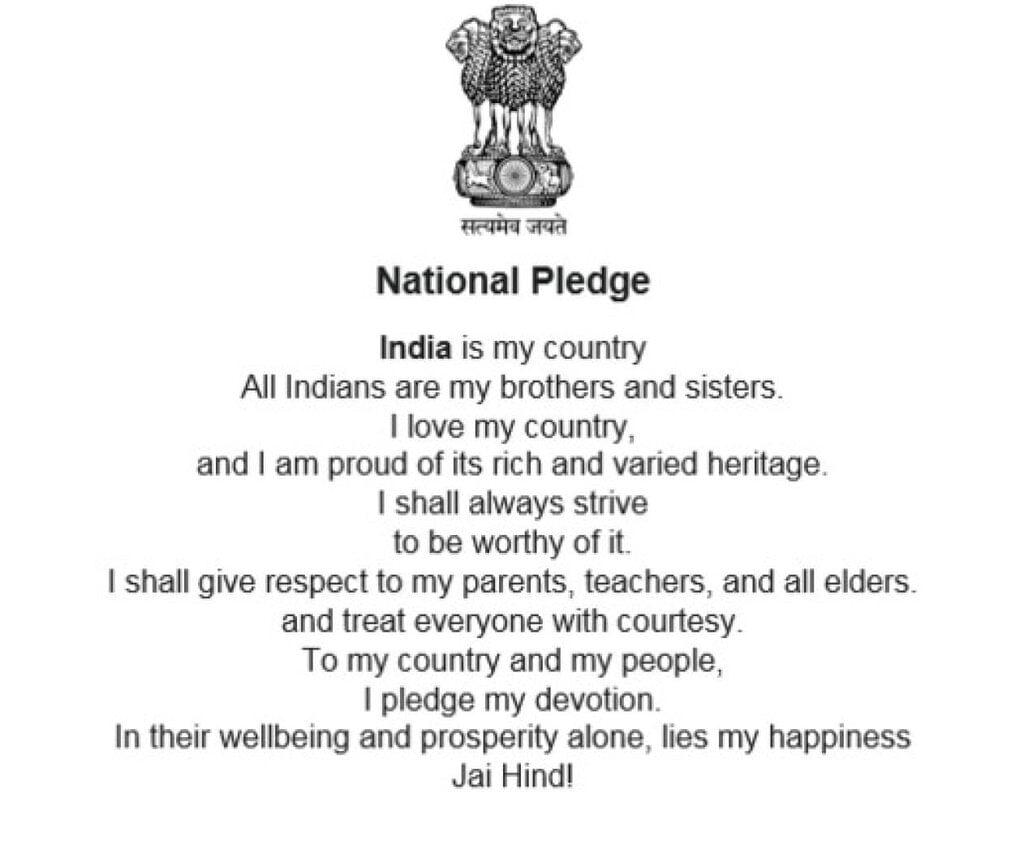
The National Pledge was written in Telugu by Pydimarri Venkata Subba Rao in 1962. Its English version was later adopted as the National Pledge. The Central Advisory Board on Education directed that the pledge be recited in schools from 26 January 1965.
9. National Currency
The Indian Rupee (ISO code: INR) is the official currency of India, issued and regulated by the Reserve Bank of India. The term "rupee" comes from "rupya" or "rūpiya," which referred to various coins in circulation since the 4th century BCE. The Indian Rupee symbol, adopted in July 2010, is a blend of the Devanagari letter "Ra" and the Roman letter "R," with two parallel horizontal lines at the top symbolizing the national flag and equality.
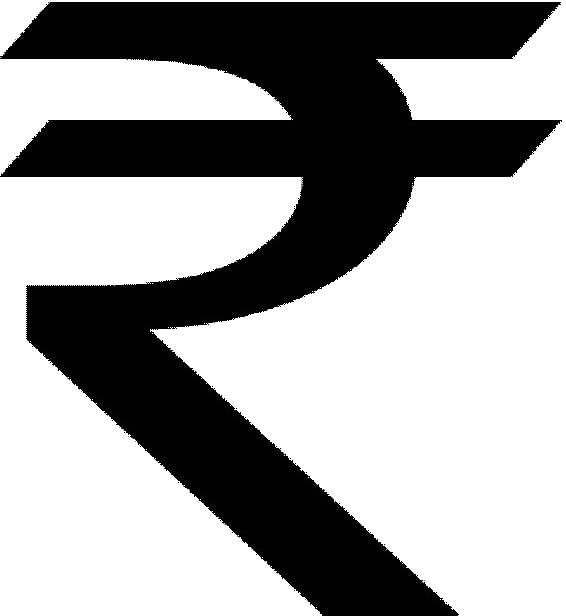
10. National calendar / Indian National Calendar
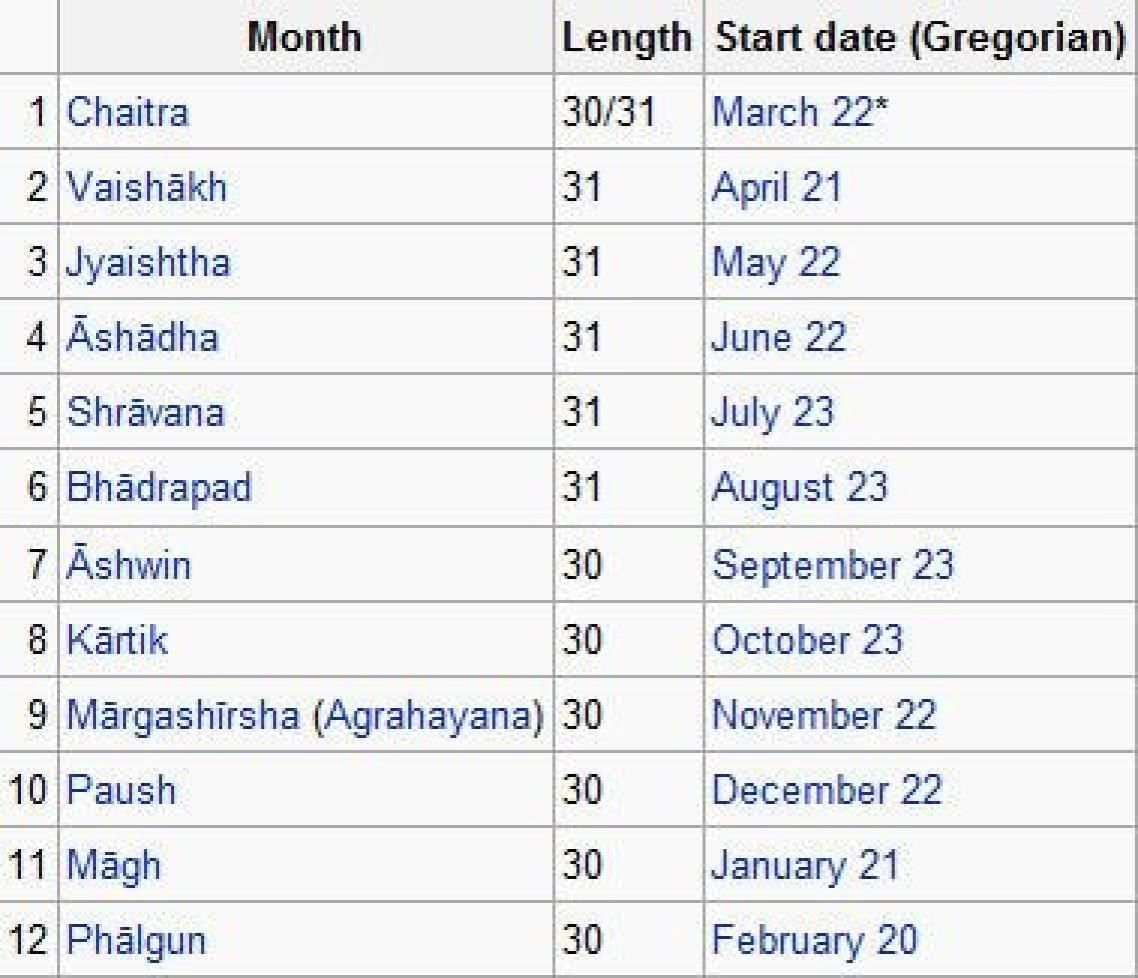
The Indian National Calendar, based on the Shaka era Hindu calendar, was officially adopted on 22 March 1957. It consists of 365 days across 12 months. The calendar is used alongside the Gregorian calendar in The Gazette of India, news broadcasts by All India Radio, and official communications issued by the Government of India.
11. National Animal – Bengal Tiger (Panthera tigris)
The Bengal tiger was officially declared the national animal in April 1973 after a decision by the Indian Wildlife Board in 1972. It was chosen over the
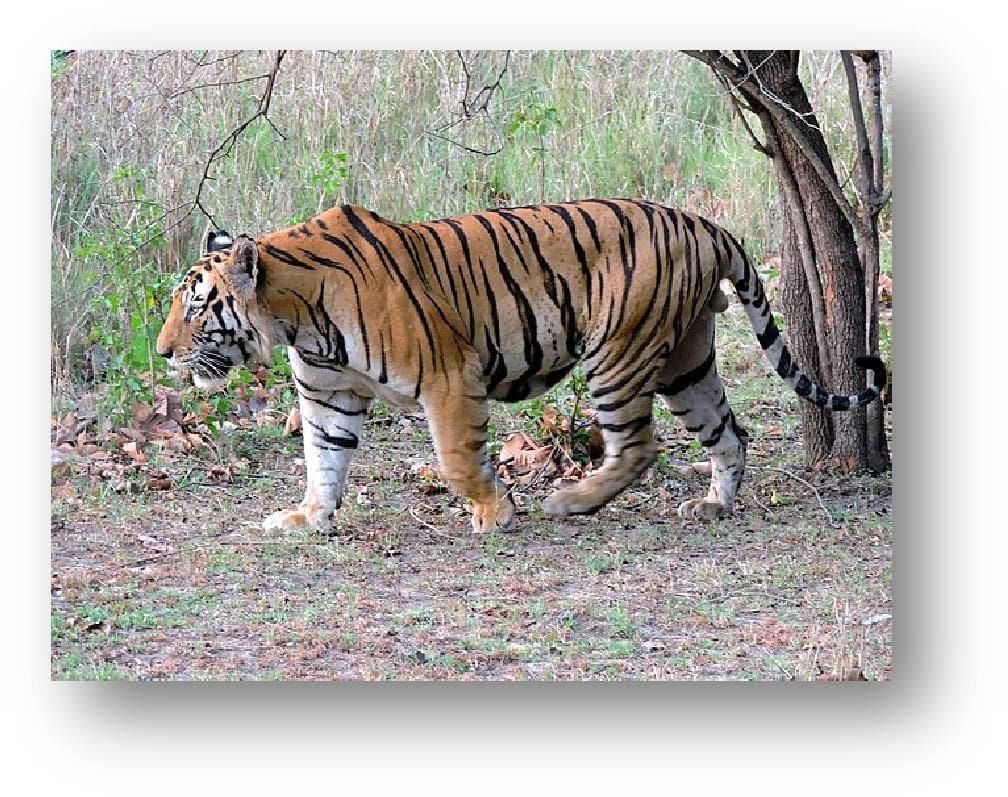 Asiatic lion due to its wider distribution across India. Recognized for its black stripes on a yellow coat, the tiger symbolizes grace, strength, agility, and power. As of 2023, India is home to nearly 75% of the world's wild tiger population.
Asiatic lion due to its wider distribution across India. Recognized for its black stripes on a yellow coat, the tiger symbolizes grace, strength, agility, and power. As of 2023, India is home to nearly 75% of the world's wild tiger population.
12. National Bird – Indian Peafowl (Pavo cristatus)
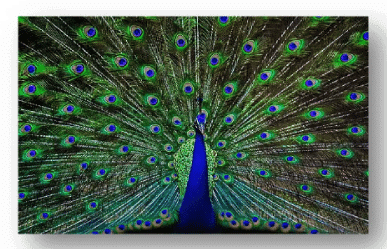
The Indian peacock was designated as the national bird on 1 February 1963. Indigenous to the Indian subcontinent, it is known for its vibrant blue neck and the magnificent long train of colorful feathers with eye-like patterns, which it spreads into a fan during courtship.
13. National Heritage Animal – Indian Elephant (Elephas maximus indicus)
The Indian elephant, the largest terrestrial mammal in India, was declared the national heritage animal on 22 October 2010. It holds cultural and religious significance in India and other parts of Asia. Nearly three-fourths of the world's Indian elephant population resides in India.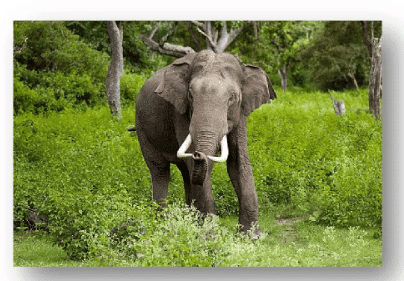
14. National Tree – Indian Banyan (Ficus benghalensis)
The Indian banyan was declared the national tree in 1950. This large tree, native to the Indian subcontinent, is known for its aerial roots, which grow into additional trunks. Due to its longevity and extensive canopy, it symbolizes immortality and unity, representing India's diverse population living under one identity.
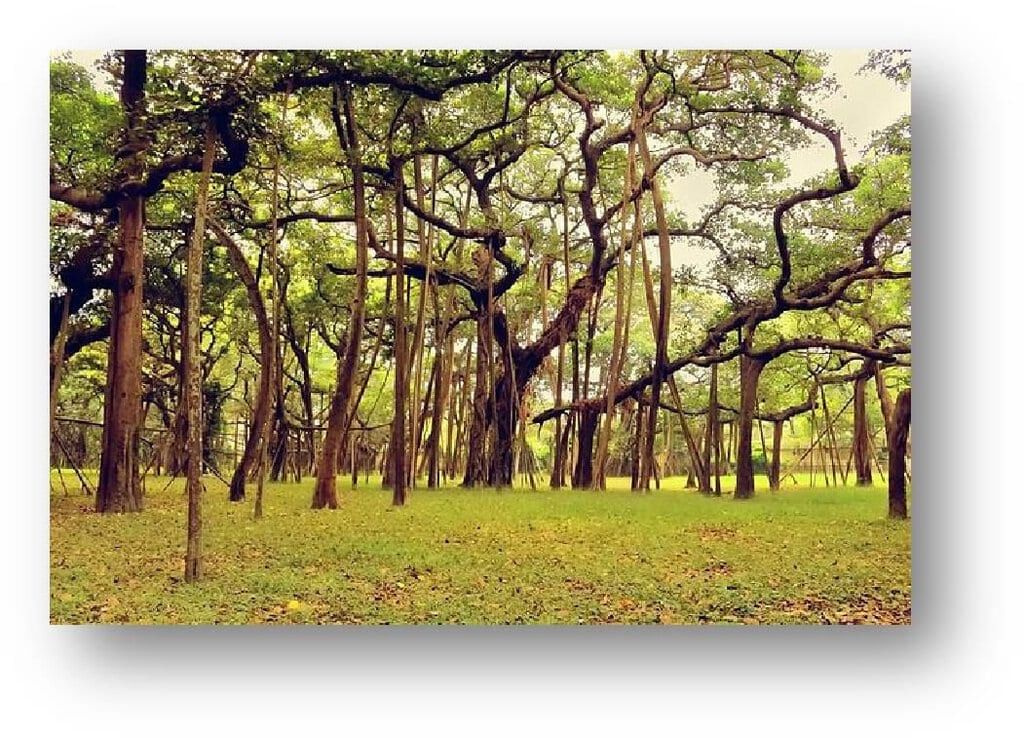
15. National Fruit – Mango (Mangifera indica)
The mango, recognized as the national fruit in 1950, is one of the oldest cultivated fruits in India. Believed to have originated in northeast India, it is widely celebrated for its delicious taste. India is the largest producer of mangoes globally.
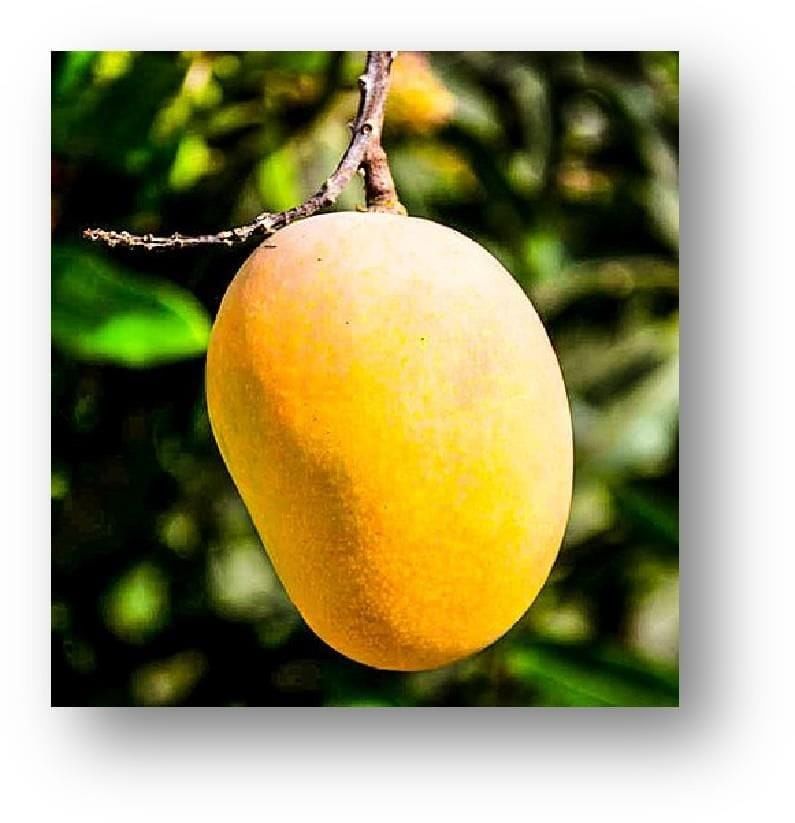 16. National Aquatic Animal – Ganges River Dolphin (Platanista gangetica)
16. National Aquatic Animal – Ganges River Dolphin (Platanista gangetica)
The Ganges river dolphin, an endangered freshwater species, was declared the national aquatic animal on 18 May 2010. It is native to the Ganges and Brahmaputra rivers and plays an important role in river ecosystems. The designation aimed to raise awareness about its conservation.

17. National Reptile – King Cobra (Ophiophagus hanna)
The King Cobra, the world's longest venomous snake, is endemic to Asia. Known for its distinctive hood and hissing sound, it is widely revered in Indian mythology and folklore.
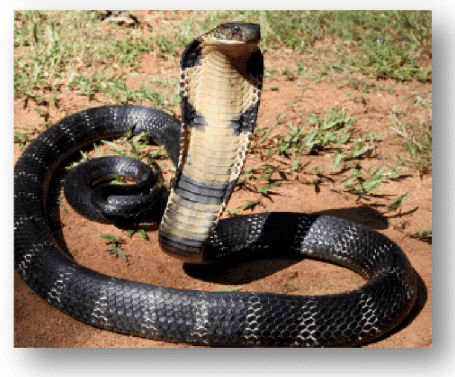
18. National River – Ganges (Ganga)
The Ganges River, originating in the western Himalayas, flows through the Gangetic plain of North India. It has been historically significant, with many cities along its banks, and serves as a lifeline for millions of people. Revered as a sacred river in Hinduism, the Ganges was declared the national river on 4 November 2008 due to its cultural and spiritual importance.
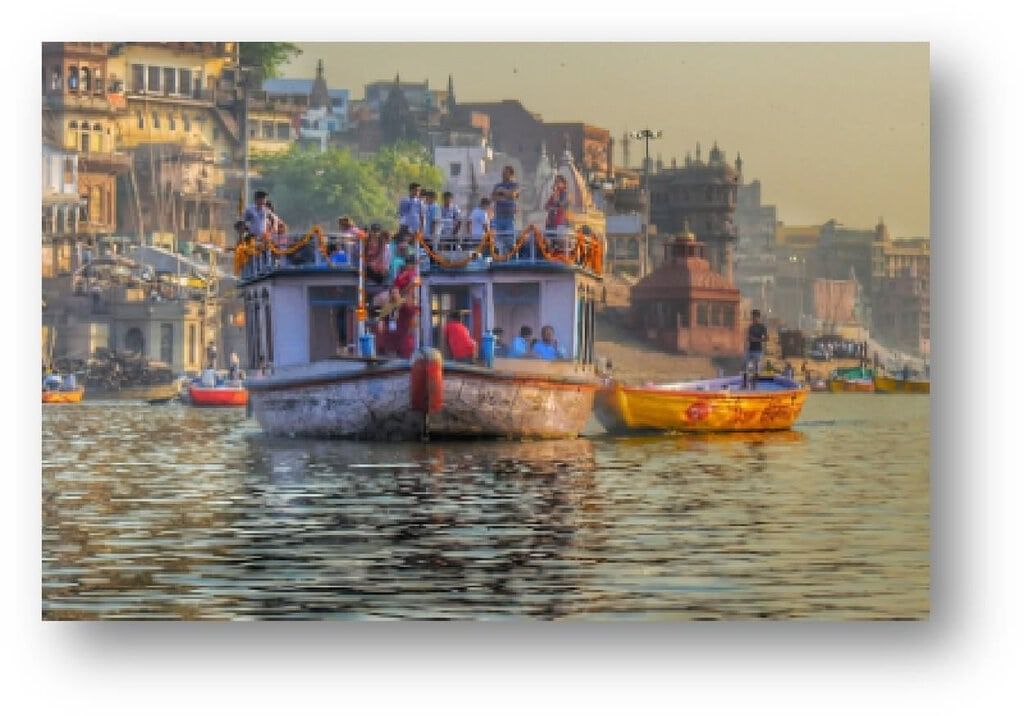 19. National Microbe – Lactobacillus delbrueckii subsp. bulgaricus
19. National Microbe – Lactobacillus delbrueckii subsp. bulgaricus
The national microbe, Lactobacillus bulgaricus, was designated on 18 October 2012. This gram-positive bacterium plays a key role in yogurt production and is valued for its probiotic properties. It was chosen through public voting, particularly by children.
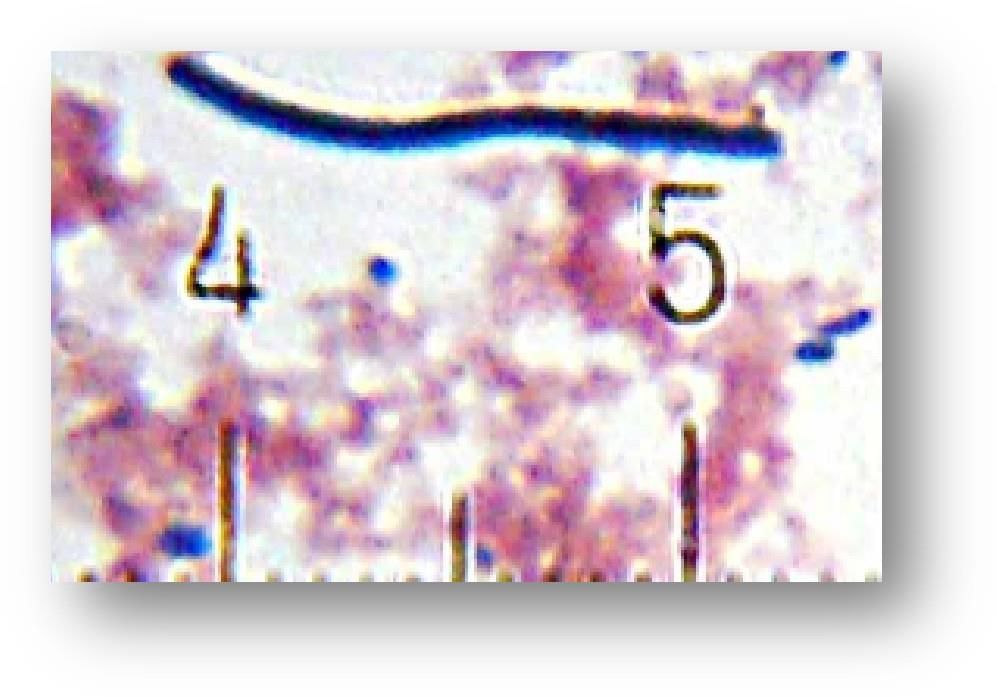
20. National Flower – Lotus (Nelumbo nucifera)
The lotus, declared as the national flower in 1950, is an aquatic plant known for its ability to thrive in flooded areas. Lotus seeds remain viable for years, making the flower a symbol of longevity. It has a deep connection to Indian mythology, art, and culture.
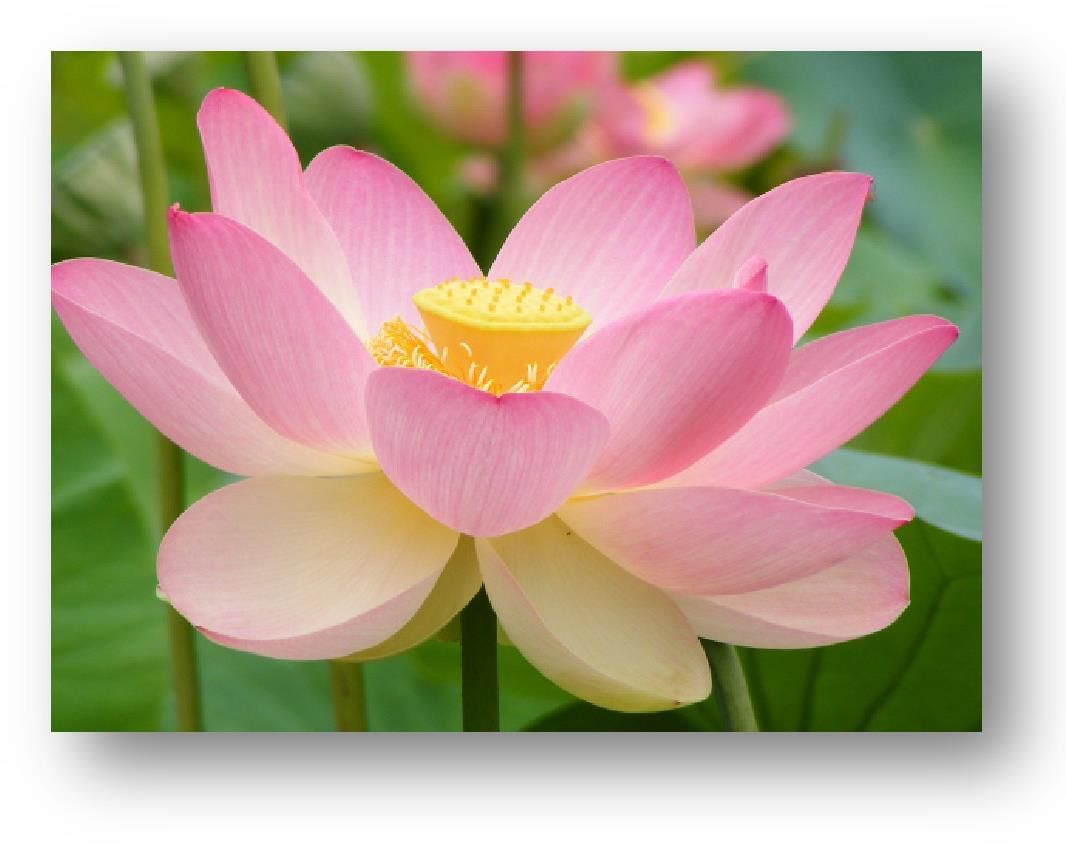
21. National Game – Field Hockey
The Ministry of Youth Affairs and Sports clarified in 2012 that India has no officially declared national game. Hockey is often mistakenly called the national game due to India’s Olympic achievements.”
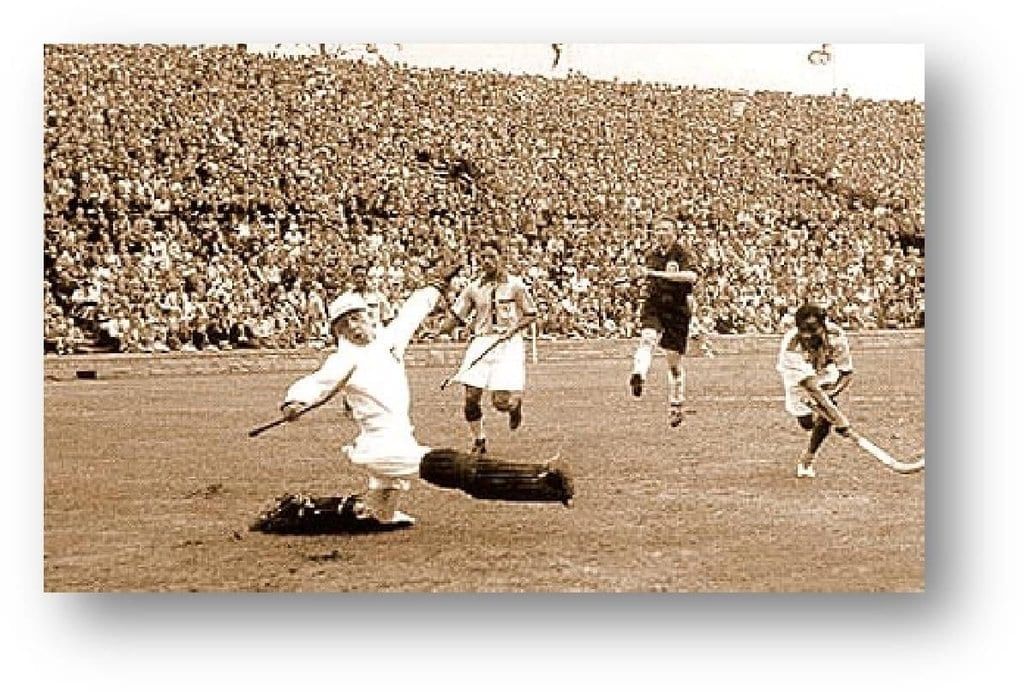
|
743 videos|1444 docs|633 tests
|
FAQs on National Symbols - Famous Books for UPSC Exam (Summary & Tests)
| 1. भारत के राष्ट्रीय प्रतीक क्या हैं ? |  |
| 2. तिरंगे के रंगों का क्या महत्व है ? |  |
| 3. राष्ट्रीय पशु बाघ को क्यों चुना गया है ? |  |
| 4. भारत का राष्ट्रीय गीत और राष्ट्रीय गान क्या हैं ? |  |
| 5. राष्ट्रीय प्रतीकों का महत्व क्या है ? |  |
















